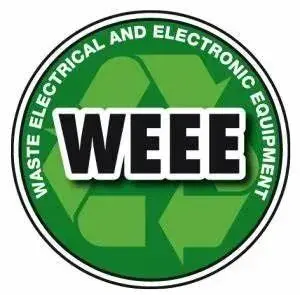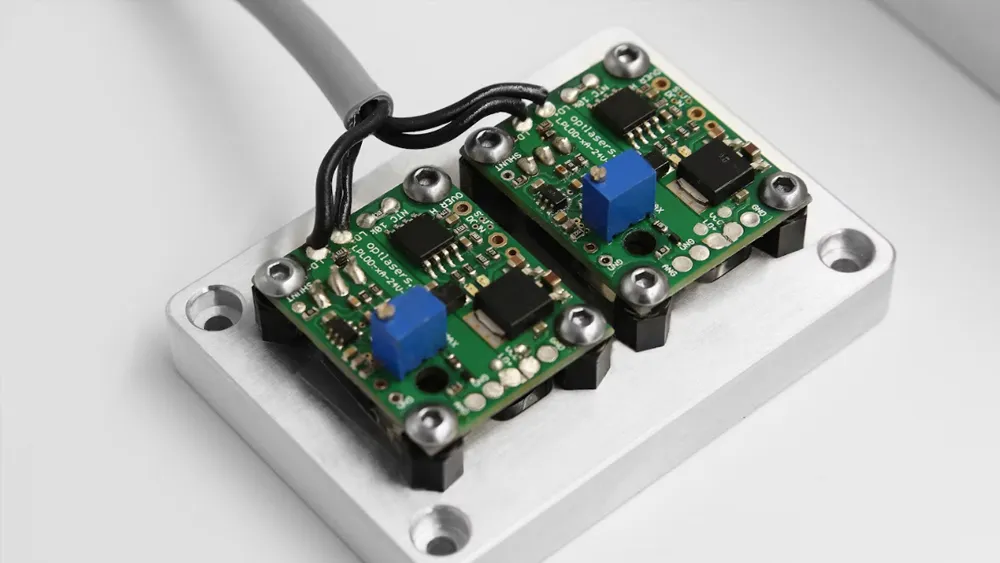
What Is the EU WEEE for Electronic and Electrical Exports?
With the growing global focus on environmental protection and sustainable development, the European Union (EU) has introduced several compliance requirements for electronic and electrical products. Among the most representative is the WEEE Directive (Waste Electrical and Electronic Equipment Directive). This directive affects manufacturers, importers, and e-commerce sellers operating in the EU market and is directly related to the environmental compliance management of product life cycles.

Background of the WEEE Directive
Electronic waste (e-waste) is one of the fastest-growing types of waste worldwide. It contains hazardous substances (such as lead, mercury, and cadmium), which, if improperly handled, can cause severe environmental pollution and health risks.
To REDuce the impact of e-waste on the environment, the EU first introduced the WEEE Directivein 2003, and in 2012, it was revised as WEEE 2012/19/EU, setting clearer requirements for the collection, reuse, and recyclingof electrical and electronic products.
Scope of WEEE
WEEE primarily applies to all types of Electrical and Electronic Equipment (EEE)placed on the EU market, including but not limited to:
- Household appliances (e.g., refrigerators, washing machines, MICrowaves)
- IT and communication devices (e.g., computers, mobile phones, printers)
- Consumer electronics (e.g., televisions, cameras, audio systems)
- Lighting equipment (e.g., lamps, LED bULbs)
- Power tools, toys, medical devices, and more
In general, any product powered by electricity or batteriesmay fall under the scope of WEEE regulation.
Responsibilities and Obligations of Enterprises
According to the WEEE Directive, responsible entities (manufacturers, importers, brand owners, and cross-border sellers) must fulfill the following obligations:
1. Registration Obligation
Register as a producer in the WEEE system of the country where the products are sold and obtain a unique registration number.
2. Labeling Requirement
Mark the product or its packaging with the crossed-out wheeled bin symbol (WEEE symbol)to remind users not to dispose of it as household waste.
3. Recycling and Disposal
Establish or join a compliant recycling system to ensure that waste electronic products are properly collected, dismantled, and reused.
4. Information Reporting
Submit regular reports to local authorities, including data on products placed on the market and quantities collected or recycled.
Relationship Between WEEE and EPR
The EU implements the Extended Producer Responsibility (EPR)system, and WEEE is a key part of it.
For cross-border e-commerce sellers, if they sell electrical or electronic equipment in the EU, they must comply with weee registration and reporting obligations. Failure to do so may lead to:
- Product delisting
- Fines and legal liabilities
- Compliance risks for online stores
The EU WEEE Directive is not just a legal requirement—it is also a vital instrument for promoting the green transformation of the global electronics industry.
For exporters and cross-border e-commerce sellers, understanding and implementing weee compliance is essential for long-term sustainable operationsand successful market expansion in Europe.
Email:hello@jjrlab.com
Write your message here and send it to us
 What is Amazon US CPC Certification?
What is Amazon US CPC Certification?
 UK Toy Safety Regulation Standard EN 71-13
UK Toy Safety Regulation Standard EN 71-13
 What is EU UFI Registration?
What is EU UFI Registration?
 EU UFI Registration for E-cigarette E-liquid
EU UFI Registration for E-cigarette E-liquid
 How to get the MSDS Report for Electronic Cigarett
How to get the MSDS Report for Electronic Cigarett
 Prop 65 Warning on Appliances
Prop 65 Warning on Appliances
 Apparel Heavy Metal Testing
Apparel Heavy Metal Testing
 Can You Conduct Lab Tests to UL Standards
Can You Conduct Lab Tests to UL Standards
Leave us a message
24-hour online customer service at any time to respond, so that you worry!




